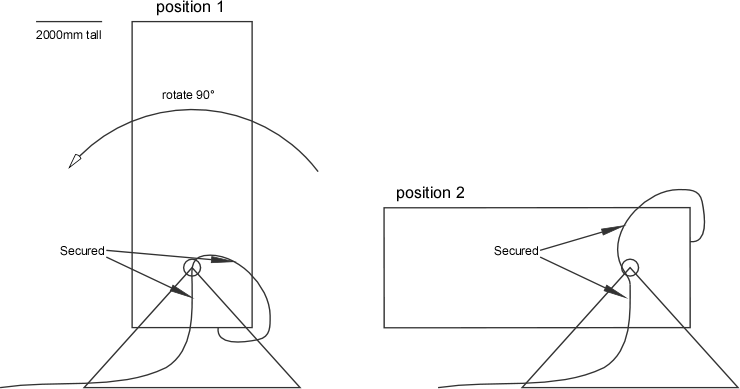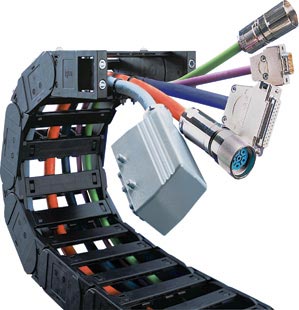Hello,
I really enjoy this forum. After trolling for some time, I have a question.
What are possible ways to facilitate a permanent piece of equipment that needs to occasionally (few / week) be rotated 0-90degrees (power would be off during rotation).The machine is attached to a 3rd party motorized rotator. I don?t think a plug / cord is possible since it is >50A service. We?d need about 20ft of ?flexible length? to drag through the rotation. Maybe a very flexible type of conduit with high strand count conductors to a junction / disconnect?
Thanks, Wayne
I really enjoy this forum. After trolling for some time, I have a question.
What are possible ways to facilitate a permanent piece of equipment that needs to occasionally (few / week) be rotated 0-90degrees (power would be off during rotation).The machine is attached to a 3rd party motorized rotator. I don?t think a plug / cord is possible since it is >50A service. We?d need about 20ft of ?flexible length? to drag through the rotation. Maybe a very flexible type of conduit with high strand count conductors to a junction / disconnect?
Thanks, Wayne





